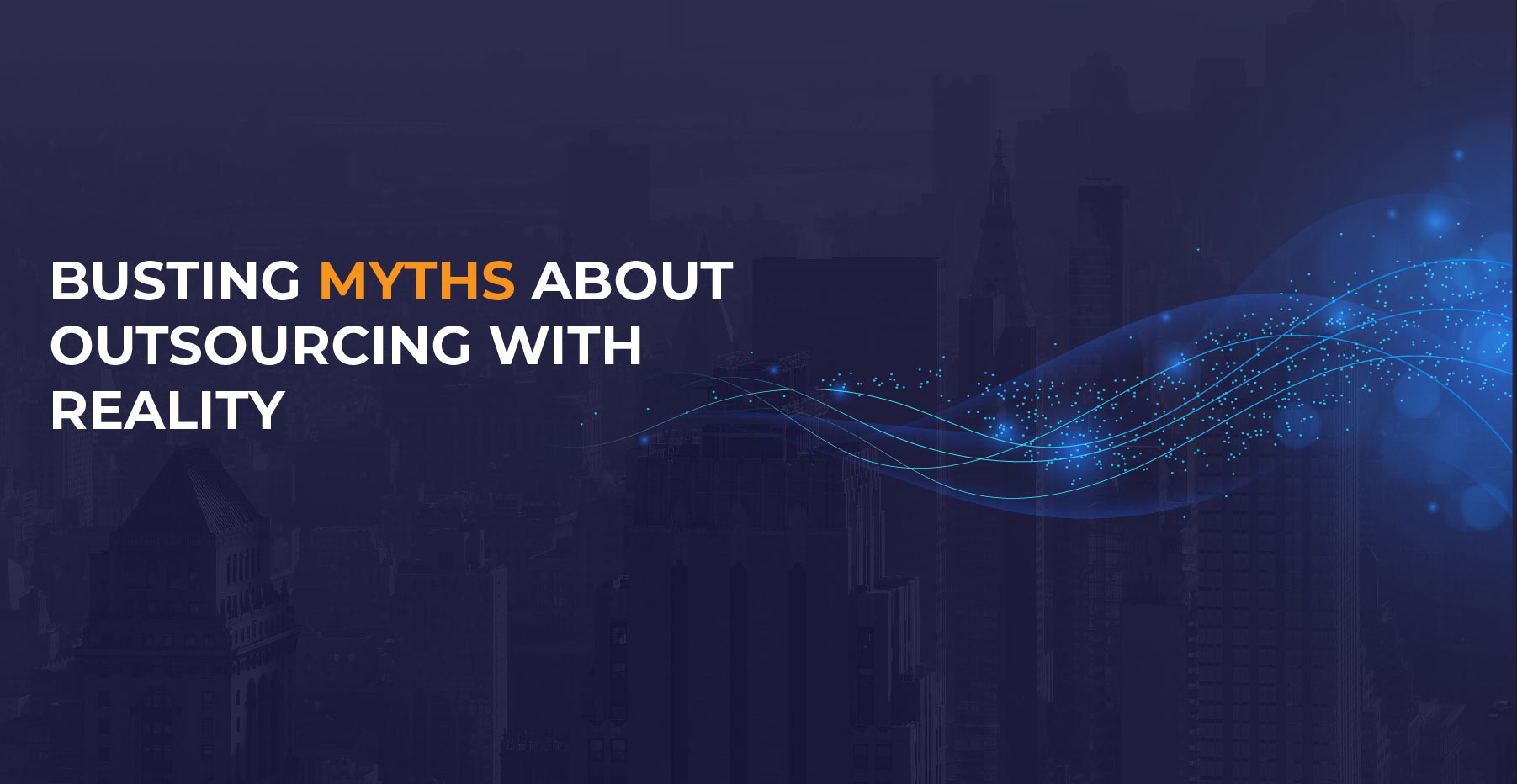Expectations from the Feds
Feds are currently laser focused on breaking inflation. Increasing interest rates by 75 basis points is the new 25 these days. Which means that the interest rate makes further hike by 1.5% by the end of 2022. Fed Chair Jerome Powell said that despite the supply side healing, inflation has not really come down against their expectations. Core PCE inflation on 3-6-12 month trailing annualized basis is at 4.8%, 4.5% and 4.8% respectively and that is not where we wanted to be. The trend of increasing interest rates will continue until we achieve the level we need to get to – and we are still discovering what that level is.
“No one knows whether this process will lead to a recession or if so how significant that recession would be,” Chair Jerome Powell said. “That’s going to depend on how quickly wage and price inflation pressures come down, whether expectations remain anchored and also if we get more labor supply.”
He added that the chances of a soft landing will diminish if policy needs to get more restrictive for the Fed to reach its goal of 2% inflation. However, high inflation would inflict greater pain long term, he said.
Expectations on Slow growth of US Economy

The US economy is expected to go into a period of slow growth instead of recession owing to the tight labor markets and sustained growth in consumer spending. Rising finance costs are likely to cause significant decline in residential and commercial construction. According to HIS Markit, real GDP growth is expected to slow down from 5.7% in 2021 to 1.7% in 2022 and 0.9% in 2023 before it starts to improve to 1.3% in 2024. The unemployment rate is expected to rise from 3.7% in July, 2022 to 4.7% in 2025.
The current 3.7% unemployment rate is not far from a 50-year low in the US. So even if the number of new job openings is reduced by 20% and layoffs are increased by 20%, the US labor market will still remain tight. We do not expect the labor shortage to disappear in thin air, however we do expect for it to not remain a hot issue anymore. Coupled with other factors such as strong consumer spending, easing of supply chain constraints, increase in government’s defense spending due to geo political instability and return of production operations to the US from overseas give a positive outlook that US economy will be able to recover from this bout of inflation and start moving slowly towards growth. International expansion may be limited instead companies may choose to expand domestically to refrain from supply chain challenges and the ones posed by political unrest.
Despite mixed economic signals and competing opinions about the state of the national economy, the UCLA Anderson Forecast’s data-driven analysis suggests that the U.S. is not currently in a recession and that the chance of a recession in the next 12 months is less than 50%.
“There is tremendous uncertainty about what will happen over the course of the next 12 months and through the end of our forecast horizon,” says UCLA Anderson Forecast senior economist Leo Feler. “While we have not forecast a recession at this time, the risks to the U.S. economy are asymmetric to the downside.”
“Looking at the quick and sharp change recently suggests that the United States will be able to reduce the inflation rate quickly with only a small change in unemployment,” says Stanford’s economist John Taylor.
Expectations of USA going into Recession

While some economists predict that we are entering a period of slow growth, others, like former Treasury secretary Larry Summers, are harsher in their predictions, suggesting that we are entering a deep recession which will take the next 40 years to overcome. Nouriel Roubini, NYU professor and CEO of Roubini Macro Associates, who earned himself the title of Dr. Doom for predicting the crash of housing market in 2007 and 2008 thinks that it is likely that U.S will hit recession by the end of 2022 and it will last for the entirety of 2023. Here are some more opinions that we have:
1. There’s an 80% chance of the U.S. falling into a recession — much higher than previously predicted, according to Steve Hanke, a professor of applied economics at Johns Hopkins University. He blamed the U.S. central bank for rising inflation. “The reason for that is because the Fed exploded the money supply, starting early 2020 at an unprecedented rate and they don’t want this length to be visible between the money supply and inflation.”
2. FedEx CEO Raj Subramaniam said on CNBC that he believed a recession was impending for the global economy. He cited the company’s weakening global shipment volumes as a reason for his prediction. “We are a reflection of everybody else’s business, especially the high-value economy in the world,” he said.
3. Caroline Freund, UC San Diego School of Global Policy and Strategy believes that “All three major global economic engines — the U.S., China, and Europe — are facing challenges. High inflation in the U.S. means the Fed will need to keep raising interest rates, with a recession looking increasingly likely. China is dogged by a property crisis, COVID lockdowns, and trade tensions. Surging energy prices from Russia’s invasion of Ukraine are depressing European production and consumer sentiment. Developing countries are also struggling with soaring fuel and food prices.”
Strategy First’s Insight
Looking at the wholistic picture, it seems like inflation is here to stay. Labor market will suffer but recover due to surplus money and less unemployment. It will take at least 5 years for US to reach the desired balance of a healthy 2-3% inflation with low unemployment and balanced supply and demand ecosystem.
 Skip to content
Skip to content





